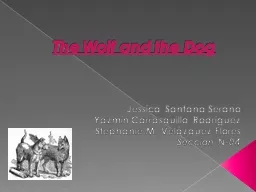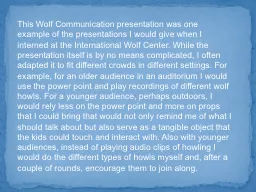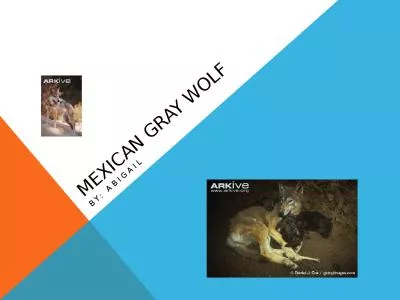PPT-Gray Wolf BY:KUBI Scientific Name:
Author : debby-jeon | Published Date : 2020-01-18
Gray Wolf BYKUBI Scientific Name Canis Lupus Member of the dog family including Dogs foxes jackals and coyotes Three Species of wolves Two others are Red Wolf of
Presentation Embed Code
Download Presentation
Download Presentation The PPT/PDF document "Gray Wolf BY:KUBI Scientific Name:" is the property of its rightful owner. Permission is granted to download and print the materials on this website for personal, non-commercial use only, and to display it on your personal computer provided you do not modify the materials and that you retain all copyright notices contained in the materials. By downloading content from our website, you accept the terms of this agreement.
Gray Wolf BY:KUBI Scientific Name:: Transcript
Download Rules Of Document
"Gray Wolf BY:KUBI Scientific Name:"The content belongs to its owner. You may download and print it for personal use, without modification, and keep all copyright notices. By downloading, you agree to these terms.
Related Documents














